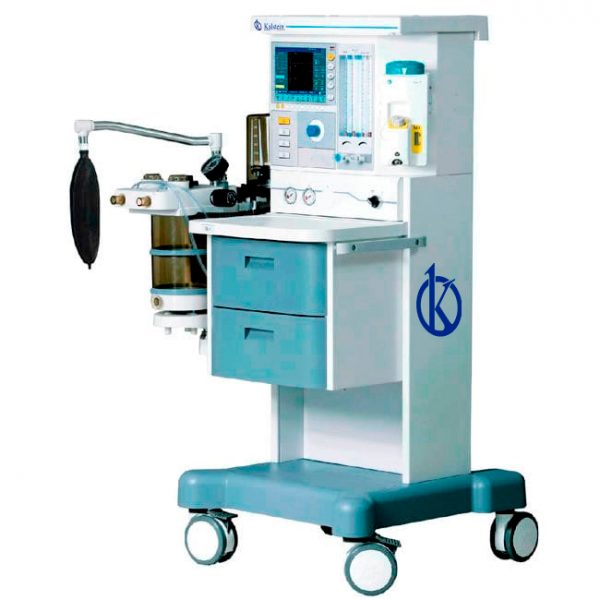The anesthesia machine is a medical device that allows anesthesiologists to monitor the levels of oxygen, anesthetics, and other medications used during surgery. This machine has become an indispensable device in the operating room and its proper configuration is necessary to ensure the well-being of patients and improve the results of surgery.
Setting up the anesthesia machine is an important step. During this procedure, all the parameters associated with the application of the procedure are established: type, quantity and type of gaseous mixture are some of them. In this, the specialist physician has the knowledge and experience to make this configuration, both at the hardware, software, regulatory and medical levels.
How do you calibrate an anesthetic machine?
To set up an anesthesia machine, you must first make sure that all regulatory requirements are met. The anesthesiologist should review each function to make sure each function is functioning correctly, including anesthetic pressure, oxygen pressure, and drug adjustments. It is also important to calibrate the anesthetic machine before using it.
With respect to the above, calibration means checking the equipment settings to make sure they are set up correctly. The degree of accuracy required differs for each thing, but typically manufacturer testing protocols are used. Many anesthesia machines also come with special testing tools to help anesthesiologists verify proper functioning.
What should be done for the configuration of the anesthesia machine?
Once the calibration has been done, the anesthesiologist can select the medicines to use during surgery. This configuration requires establishing the types of anesthetics to be given to the patient. Common anesthetics include opioids such as morphine, volatile anesthetics such as isofluorane, and antispasmodic drugs to reduce muscle tension. It is important to verify the adequacy of the specific medicinal products chosen for the patient, i.e., the correct dose and duration of administration.
The next stage in setting up the anesthesia machine involves adjusting oxygen and vapor levels. Oxygen is essential during surgery; optimal levels vary depending on the patient’s requirements. In addition, the dextrose and air vapors will be added to the gases admitted to the anesthesia machine to provide more accurate regulation of the anesthesia flow.
Finally, the anesthesiologist should configure the anesthesia machine to control the flow of anesthesia. This involves setting the delivery capacity and injection times to obtain the correct dose. Too high or too low flows can result in dangerous and uncomfortable situations for patients. Given the current technology of these instruments, such flows can be controlled with a high degree of accuracy.
Why is it important to properly configure the anesthesia machine?
The configuration of the anesthesia machine requires a thorough knowledge of the drugs involved, as well as a detailed understanding of the functions of the equipment. In addition, procedures for proper configuration should be followed to ensure that medicinal products are administered safely and effectively.
In that sense, that is why it is always recommended that medical personnel obtain specialized training for both: setting up the anesthesia machine and administering medications during a medical procedure. This training will allow doctors to know exactly how to use the equipment, to provide the care needed during surgery with complete safety.
Kalstein’s supply of anesthesia machines
Kalstein fulfill their mission, since the configuration and calibration can be performed in a simple way. All the administration parameters can be displayed on the LCD screen, and the gas pressure can be precisely controlled. You also have the security of compliance with EC regulations. Additional technical details, as well as purchase, sale and pricing information are available at the following links HERE

